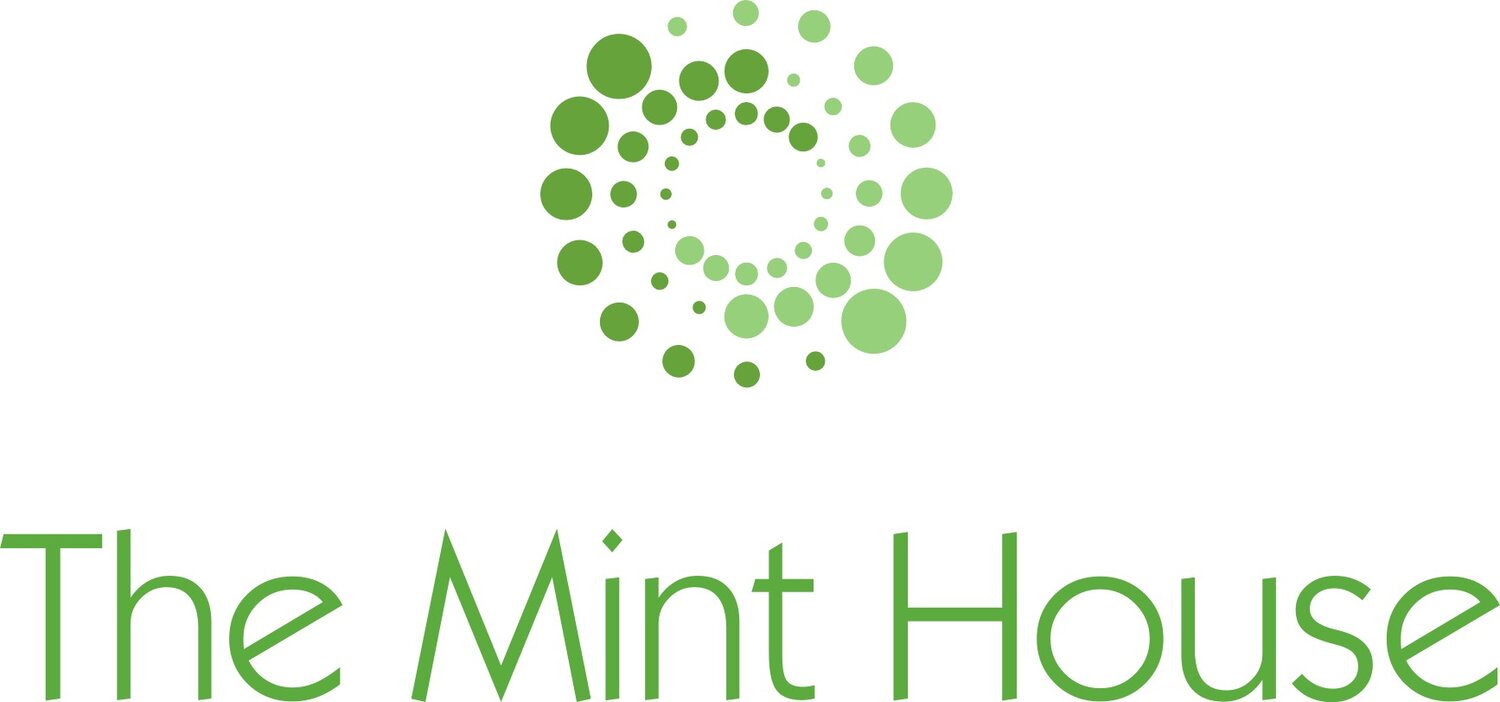by Rosie Chadwick
As news headlines reverberate with reactions to the recent report from the Commission on Race and Ethnic Disparities and the trial of Derek Chauvin, charged with the murder of George Floyd, it seems timely – indeed overdue – to reflect on the need for restorative and racial justice to go hand in hand and to acknowledge the important contribution of Fania E. Davis to thinking and practice in this area.
In her short but powerful The Little Book of Race and Restorative Justice, Fania Davis reminds us that ‘healing interpersonal harm requires a commitment to transforming the context in which the injury occurs: the socio-historical conditions and institutions that are structured precisely to perpetuate harm.’ Not doing this, Dr Davis argues, is like being a gardener who is devoted to the well-being of individual plants but ignores the health of the soil. What’s more, ‘restorative justice risks losing relevance if we, as practitioners, do not become more skillful at identifying, navigating, and transforming racial harm.’
Dr Davis offers many practical suggestions for integrating restorative and racial justice. In schools these include:
combining quality restorative justice training, coaching and mentoring with rigorous and continuing equity training, helping adults in schools to confront their own bias and become ‘high implementers of both restorative justice and racial justice.’
collaborating with community organisations to enrich cultural understandings and press for public policy change.
partnering with Universities to interrogate the data on racial disparities in school discipline and to design, test and refine interventions to narrow the divides.
In the criminal justice arena, Dr Davis calls for restorative justice programmes that are expressly designed to ‘interrupt overincarceration of youth of color’ and for victim services geared to reaching and supporting youth of color – those ‘statistically at greatest risk of being criminally harmed, yet who are least likely to receive victim services.’
And when it comes to addressing US police violence against African Americans, Dr Davis calls for a homegrown and ‘radically democratic’ US Truth Process, unveiling ‘truths that have been historically silenced.’
Challenging restorative justice practitioners to be both healers and activists for justice, Fania Davis invites us to imagine ‘how a consciousness about the healing of systemic harm committed against historically marginalized groups might animate and pervade all our restorative work.’ She also urges us to think creatively about the multiple ways ‘every restorative justice process we facilitate or participate in might involve truth-telling and promote healing of historical harm.’
It’s a call we all need to heed and act on.
